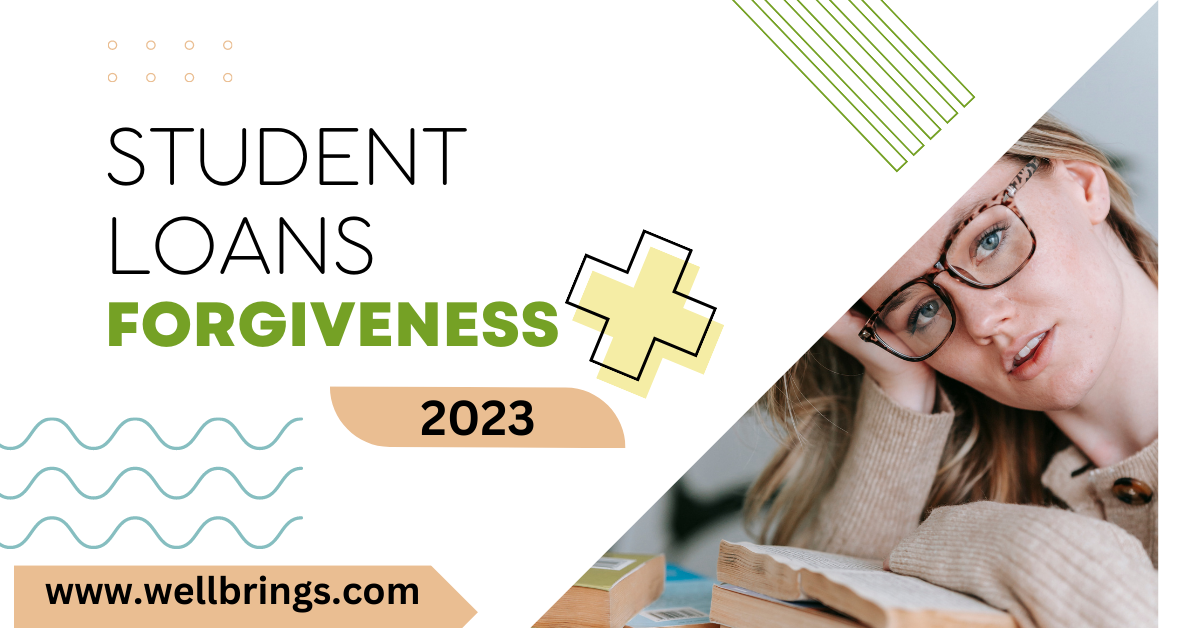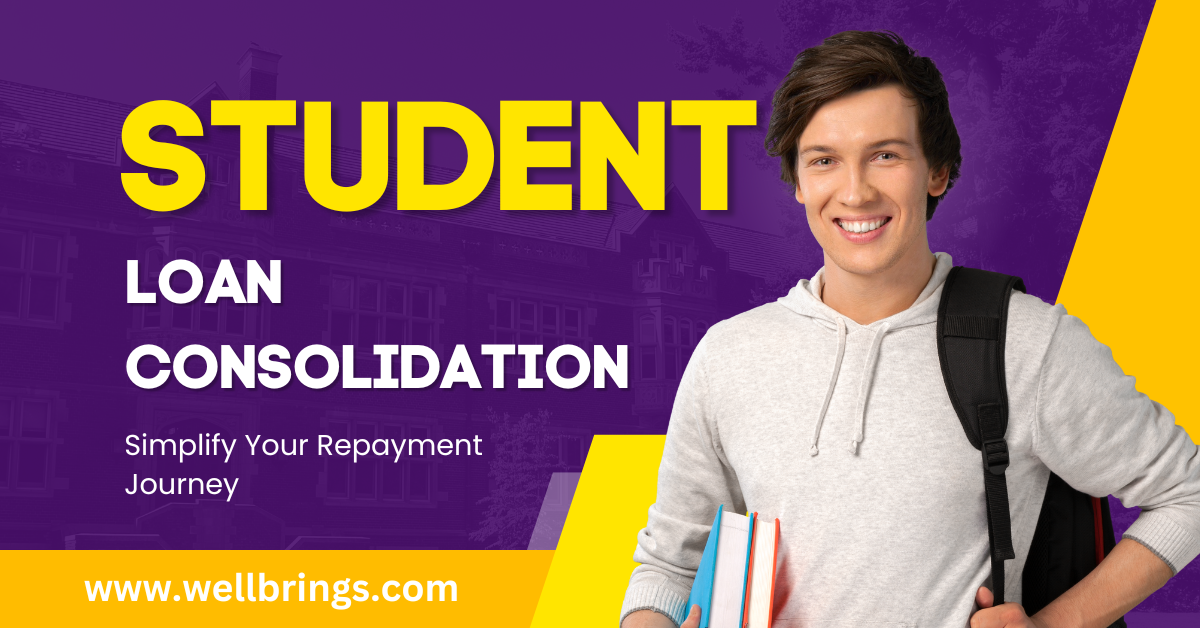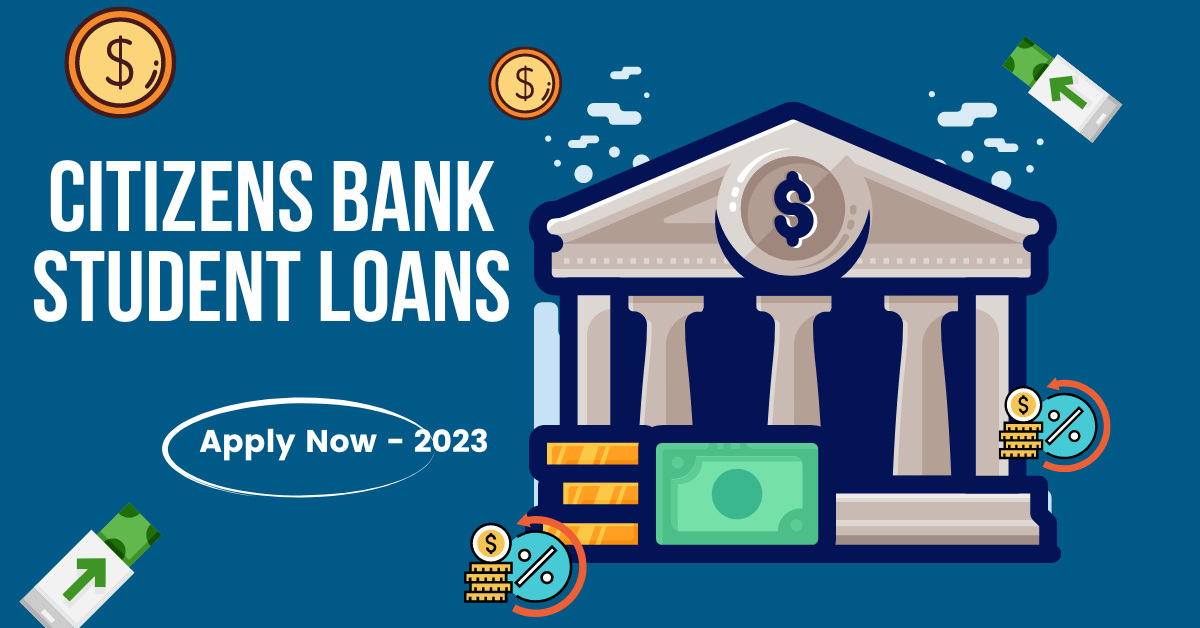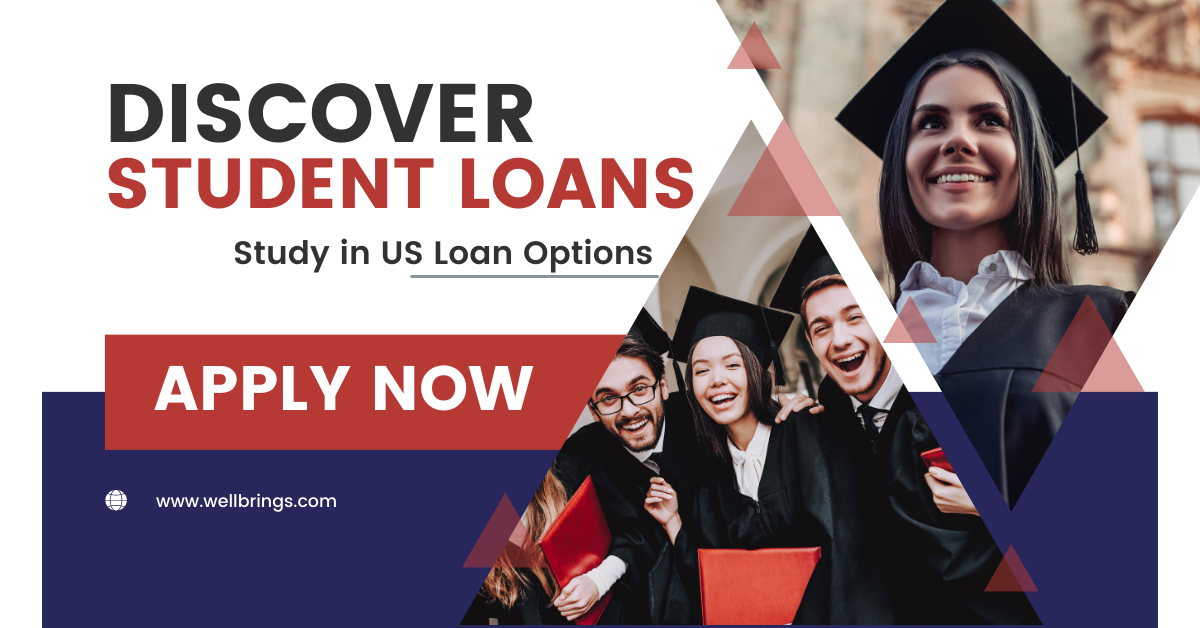Student loans Forgiveness
Introduction
Student loans forgiveness is a topic that has gained significant attention in recent years. With the rising costs of education, many students find themselves burdened with substantial student loan debt upon graduation. In this article, we will explore the concept of student loan forgiveness, its benefits and limitations, and how it can help individuals achieve financial freedom.
What is Student Loan Forgiveness?
The cancellation or elimination of student loan debt is referred to as student loan forgiveness. It is a program designed to provide relief to borrowers who are struggling to repay their student loans. The objective is to alleviate the financial burden and allow individuals to start afresh without the overwhelming weight of student loan obligations.
Types of Student Loan Forgiveness Programs
1. Public Service Loan Forgiveness
Public Service Loan Forgiveness (PSLF) is a federal program that forgives the remaining loan balance for borrowers who have made 120 qualifying monthly payments while working full-time for a qualifying employer. This program is available to those employed in government organizations and eligible non-profit organizations.
2. Income-Driven Repayment Plans
Income-Driven Repayment (IDR) plans are designed to make student loan payments more manageable based on the borrower’s income and family size. These plans extend the repayment term and, at the end of the term, any remaining balance is forgiven.
3. Teacher Loan Forgiveness
The Teacher Loan Forgiveness program is specifically tailored for teachers. Eligible teachers who work in low-income schools or educational service agencies for five consecutive years may qualify for loan forgiveness of up to $17,500 on their Direct Subsidized and Subsidised and Unsubsidized Federal Stafford Loans, as well as their Unsubsidized Loans.
4. Perkins Loan Cancellation
Perkins Loan Cancellation is a program that forgives a portion or all of the outstanding Perkins Loan balance for borrowers who work in specific professions or serve in certain public service roles. The cancellation amount varies depending on the length of service and the type of work performed.
5. State-Specific Loan Forgiveness Programs
Many states offer their own loan forgiveness programs to incentivize individuals to work in specific fields or regions that face a shortage of qualified professionals. These programs vary by state and may include professions such as healthcare, education, and public service.
Eligibility Criteria for Student Loan Forgiveness
The eligibility criteria for student loan forgiveness vary depending on the program. Generally, borrowers must meet specific requirements related to employment, loan type, repayment plans, and timely payment history. It is essential to carefully review the eligibility criteria for each program to determine if you qualify.
Pros and Cons of Student Loan Forgiveness
Advantages
Debt Relief: Student loan forgiveness offers borrowers the opportunity to eliminate or significantly reduce their student loan debt, providing financial relief and a fresh start.
Public Service Incentives: Programs like PSLF and teacher loan forgiveness encourage individuals to pursue careers in public service and education, which benefit society as a whole.
Improved Financial Well-being: Eliminating student loan debt can improve an individual’s financial well-being, allowing them to save for other important life goals, such as buying a home or starting a family.
Disadvantages
Tax Implications: Depending on the forgiveness program, the amount forgiven may be considered taxable income, potentially resulting in tax liability for the borrower.
Limited Program Availability: Some forgiveness programs have specific eligibility requirements, limiting the number of borrowers who can benefit from them.
Extended Repayment Period: In some cases, borrowers may need to make payments for an extended period before becoming eligible for loan forgiveness, which may result in higher overall interest payments.
How to Apply for Student Loan Forgiveness
Depending on the program, the application procedure for student loan forgiveness differs.
. It typically involves submitting an application form and providing supporting documentation to prove eligibility. Borrowers should carefully follow the instructions provided by the loan servicer or program administrator and ensure that all required documents are submitted accurately and within the specified deadlines.
Alternatives to Student Loan Forgiveness
If you do not qualify for student loan forgiveness or need alternative options to manage your student loan debt, several alternatives can help alleviate the burden:
Loan Refinancing: Refinancing allows borrowers to obtain a new loan with better terms and interest rates. This option can help reduce monthly payments and potentially save money on interest over the life of the loan.
Loan Consolidation: Consolidating multiple student loans into a single loan can simplify repayment and, in some cases, lower monthly payments.
Extended Repayment Plans: Extending the repayment term of your loans can result in lower monthly payments, making them more affordable in the short term.
Budgeting and Financial Planning: Developing a budget and a financial plan can help you allocate your resources effectively and make extra payments towards your student loans.
However, how you manage your loans leading up to forgiveness and after can influence your credit score. Timely payments, responsible credit utilization, and maintaining a healthy credit history are essential to maintaining a good credit score.
Student Loan Forgiveness and Tax Implications
It’s important to be aware of potential tax implications associated with student loan forgiveness. Depending on the program and the amount forgiven, the forgiven amount may be treated as taxable income. Consult a tax professional to understand the potential tax consequences and plan accordingly.
Conclusion
Student loan forgiveness programs provide a valuable opportunity for individuals burdened with student loan debt to find relief and achieve financial freedom. By exploring the different types of forgiveness programs, understanding eligibility criteria, and considering alternative options, borrowers can make informed decisions to manage their student loans effectively. Remember to carefully evaluate the advantages and disadvantages of each program and consult with professionals when necessary.
Frequently Asked Questions (FAQs)
Can private student loans be forgiven?
Private student loans generally do not qualify for federal loan forgiveness programs. However, some private lenders may offer their own forgiveness or repayment assistance programs. It’s crucial to review the terms and conditions of your private loans and contact your loan servicer for more information.
How long does it take to qualify for loan forgiveness?
The time it takes to qualify for loan forgiveness varies depending on the program. For example, the Public Service Loan Forgiveness program requires borrowers to make 120 qualifying payments while working full-time for a qualifying employer.
Can loan forgiveness be revoked?
In some cases, loan forgiveness can be revoked if borrowers fail to meet the ongoing requirements of the forgiveness program. It is crucial to understand the terms and conditions of the program and fulfill all obligations to maintain eligibility for loan forgiveness.
Does forgiveness of student loans for graduate school apply?
Yes, student loan forgiveness can apply to graduate school loans, depending on the forgiveness program and other eligibility criteria. It is essential to review the specific requirements of each program to determine eligibility.
What are the repercussions of student loan default?
Defaulting on student loans can have serious consequences, including damage to credit scores, wage garnishment, and potential legal action by loan servicers. It’s crucial to communicate with your loan servicer if you’re facing financial difficulties to explore alternative repayment options and avoid default.
Also Visit: Student Loan Consolidation: Simplify Your Repayment Journey



